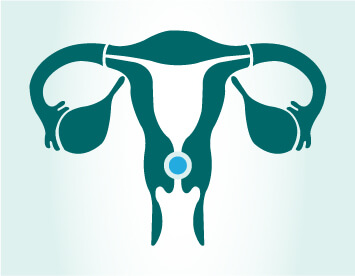
What is a Cervix?
Cervical cancer is a serious disease that can be life-threatening. It starts when normal cells on your cervix turn into abnormal precancerous cells (or lesions) and then over a period of time the lesion becomes cancerous. Unlike most cancers, cervical cancer is caused by a virus called HPV. HPV stands for Human Papilloma Virus and is spread by skin-to-skin contact during sexual activity.
Know More
Signs & Symptoms
The majority of HPV infections do not cause symptoms or disease and resolve spontaneously. However, persistent infection with specific types of HPV (most frequently types 16 and 18) may lead to precancerous lesions. If untreated, these lesions may progress to cervical cancer, but this progression usually takes many years.
Know More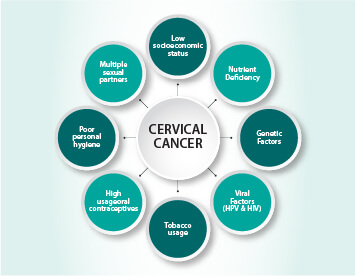
Risk Factors
In developing countries, limited access to effective screening means that the disease is often not identified until it is further advanced and symptoms develop. In addition, prospects for treatment of such late-stage disease may be poor, resulting in a higher rate of death from cervical cancer in these countries.
Know More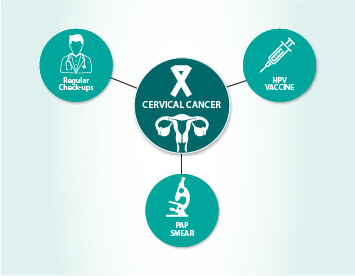
Prevention & Control
WHO recommends a comprehensive approach to cervical cancer prevention and control. The recommended set of actions includes interventions across the life course. It should be multidisciplinary, including components from community education, social mobilization, vaccination, screening, treatment and palliative care. Following are the some preventions for Cervical cancer:
Know More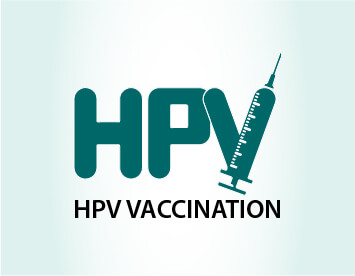
HPV vaccination
There are currently 2 vaccines which protect against both HPV 16 and HPV 18, which are known to cause at least 70% of cervical cancers. The vaccines may also have some cross-protection against other less common HPV types which cause cervical cancer. One of the vaccines also protects against HPV types 6 and 11 which cause ano-genital warts.
Know More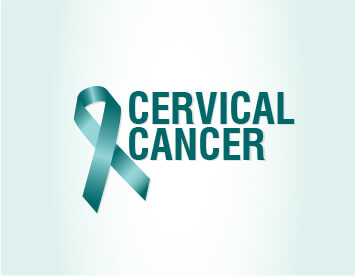
Screening
Cervical cancer screening is testing for pre-cancer and cancer among women who have no symptoms and may feel perfectly healthy. When screening detects pre-cancerous lesions, these can easily be treated and cancer avoided. Screening can also detect cancer at an early stage and treatment has a high potential for cure.
Know More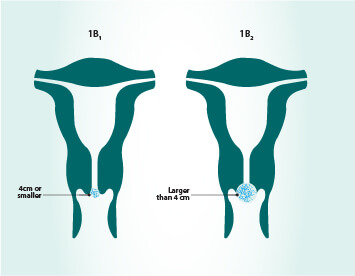
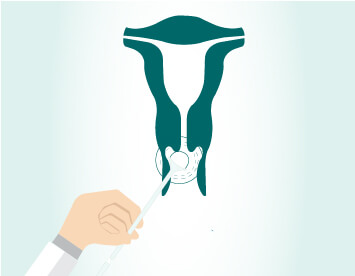
Treatment
A trachelectomy is usually only suitable if cervical cancer is diagnosed at a very early stage. It's usually offered to women who want to have children in the future. During the procedure, the cervix and upper section of the vagina are removed, leaving the womb in place. Your womb will then be reattached to the lower section of your vagina. It's usually done by keyhole surgery.
Know More